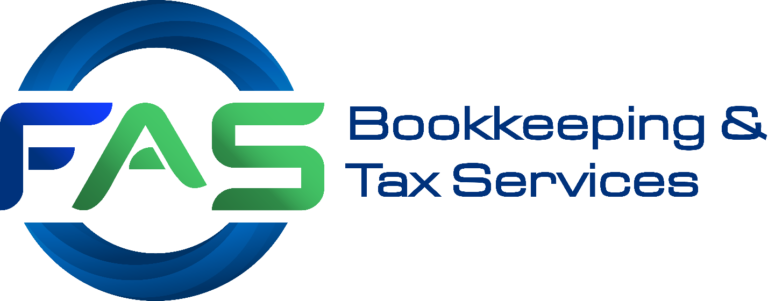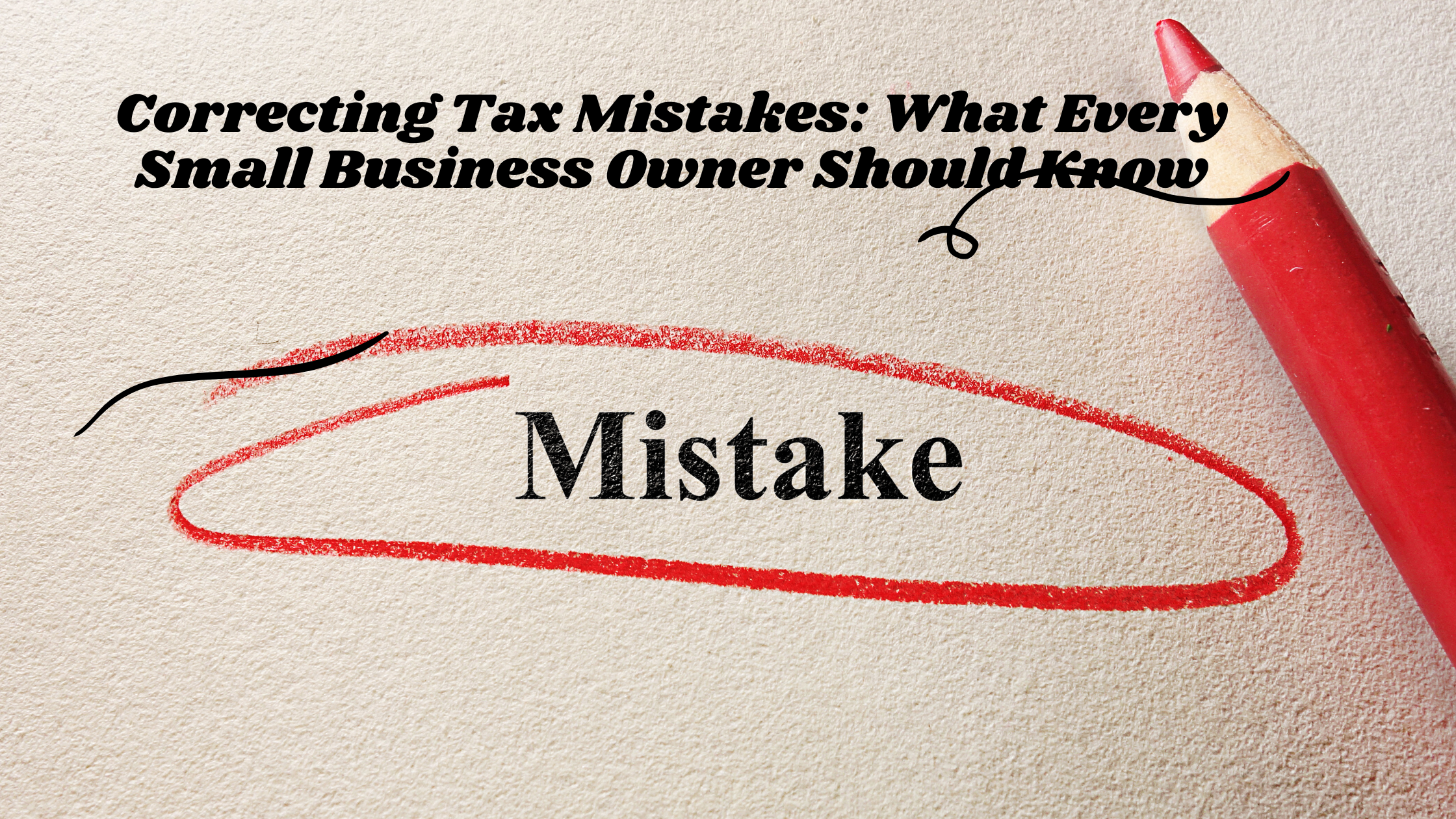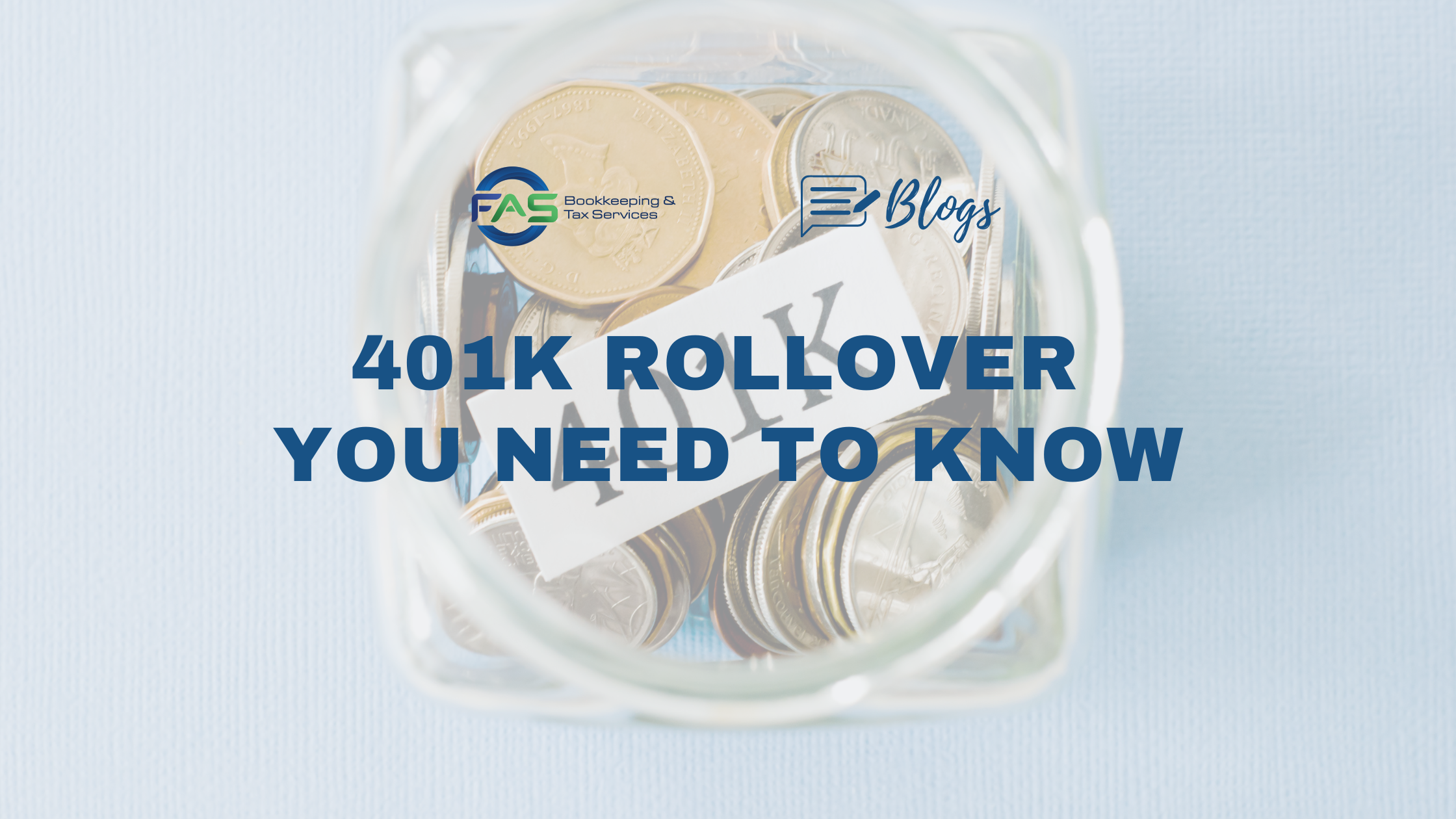401k Rollover – What you need to know
You can roll funds from an old 401(k) into another tax-advantaged retirement account, cash it out, or keep it with an old employer
401k rollover to IRA
Rolling over your 401(k) to an IRA has its benefits, including more investment choices and sometimes lower fees.
For example, if you’re planning on retiring in a few years and would like to start saving for your future now, it might make sense to roll over your 401(k) into an IRA.
The main reason is that if you’re planning on retiring in a few years, you’ll likely have at least some retirement savings by then. If you’re already retired or nearing retirement, however, it’s less likely that there will still be any money left over from your current 401(k) account to transfer into an IRA.
Another benefit is that IRAs offer more investment options than 401(k)s. For example, many companies offer their employees access to stock markets and other investments like bonds or mutual funds through their 401(k) plans. IRAs give you access to those same investments without having to contribute directly through your employer’s plan—you can invest as much or as little as you want with no restrictions!
There are three types of 401(k) rollovers you can do if you decide you’d like to roll your assets into an IRA: ● A rollover from a traditional 401(k) to a Roth IRA – you’ll owe taxes on the rolled-over amount. ● A rollover from a traditional 401(k) to a traditional IRA – the taxes are deferred. ● A rollover from a Roth 401(k), to a Roth IRA – you won’t incur taxes.
How to roll a 401k to an IRA
Here’s how to start and finish a 401(k) to IRA rollover in three steps.
1. Choose which type of IRA account to open
An IRA may offer you more investment options and lower fees than your old 401(k) had.
2. Open your new IRA account
3. Ask your 401(k) plan for a direct rollover
Here are the basic instructions for a direct rollover:
1. Contact your former employer’s plan administrator, ask for a direct rollover, complete a few forms, and ask for a check or wire of your account balance to be sent to your new account provider.
2. The new account provider gives you instructions for how the check or wire should be made out, what information to include, and where it should be sent.
Remember the 60-day rule
If you would prefer not to do a direct rollover, you can opt for an indirect 401(k) rollover instead. This essentially means you withdraw the money and give it to the IRA provider yourself, but that can create tax complexities. A direct rollover might be easier.
The IRS has made it clear that if you want to roll over your 401(k) into an IRA, it must be done directly, which means your money will go directly from the company’s retirement plan into your new account. If this is not possible for whatever reason—for example, because you are already maxed out on personal contributions or your employer does not offer a 401(k) option—an indirect rollover can help you get the funds into your IRA.
Rolling your old 401(k) over to a new employer
The best way to keep your money in one place is to transfer assets from your old 401(k) to your new employer’s 401(k) plan. Doing this will make it easier to see how your assets are performing and make it easier to communicate with your employer about your retirement account.
To do a direct rollover, contact the plan administrator at your old job and ask them if they can do a direct rollover. These two words — “direct rollover” — are important: They mean the 401(k) plan cuts a check directly to your new 401(k) account, not to you personally.
Although this route may help you stay organized with fewer accounts to keep track of, make sure your new 401(k) has investment options that are right for you and that you aren’t incurring higher account fees.
Keeping your 401(k) with a former employer
As an ex-employee, you can leave your 401(k) money where it is. This is a great option if your former employer’s plan offers good investment options and reasonable fees with your former employer’s plan. Keep in mind that you won’t be able to ask the plan administrator any questions, pay higher 401(k) fees as an ex-employee, or make additional contributions.
Another noteworthy thing to consider is that your former employer could decide to move your old 401(k) account to another provider. If your balance is between $1,000 and $5,000 and your former employer wants to close your old 401(k) account, they must transfer the balance to an IRA in your name and notify you in writing. For balances under $1,000, they can send you a check, which you’d need to put into a retirement account within 60 days to avoid taxes and penalties.





